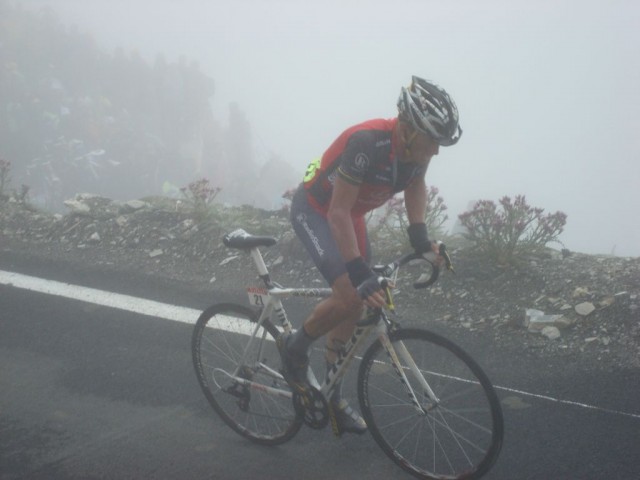Lance Armstrong is apparently too big to fail. The celebrity cyclist’s performance-enhancing methods have been the subject of both government and anti-doping investigations over the last several years. Incriminating evidence has been ubiquitous in news stories covering the steroid/doping scandal such that practically every American is now aware of the allegations. Yet, even when Armstrong loses, it appears he still wins.
The United States Anti-Doping Agency (USADA) banned Armstrong from sports competition after collecting evidence alleging that he used erythropoietin (EPO), anabolic steroids and blood transfusions throughout most of his career. USADA retroactively took away all seven Tour de France victories and his Olympic bronze medal in an apparent victory for the anti-doping organization in their war on steroids.
The cost for Armstrong is great. The tangible monetary cost includes the return of approximately $7 million in prize money. But given the estimated net worth of $125 million accumulated as a result of his success in cycling, it is a small price to pay.
The celebrity witch-hunts against athletes accused of using anabolic steroids and performance-enhancing drugs (PEDs) have accomplished little as far as putting a meaningful dent in the finances of accused athletes. Barry Bonds was prosecuted by the federal government and escaped with a slap on the wrist. The government failed to convict Bonds on perjury charges that he lied about his steroid use. They convinced a jury that he was guilty of obstructing justice and the judge fined Bonds $4,000. For a man whose net worth has been estimated at $82 million dollars, this is pocket change.
But what Bonds didn’t avoid is public scorn for his use of steroids and PEDs. Armstrong has raised the bar and one-upped Bonds in the public relations department. In spite of USADA ban and in spite of the fact that many Americans believe Armstrong doped, he is still a highly-celebrated and respected individual for many fans. This can be seen in the public outpouring of support for his cancer charity, the Lance Armstrong Foundation aka LiveStrong. And it can also be seen in the support from his long-time corporate sponsors.
LiveStrong donations surged in the days following USADA’s ban of Armstrong. And one by one, each of Armstrong’s sponsors reaffirmed their support of the cyclist and cancer survivor. Nike, RadioShack, Oakley, Trek, Anheuser-Busch and Honey Stinger all stood in solidarity behind Armstrong.
Lance Armstrong’s ability to win against overwhelming odds, not just when it comes to cancer and cycling but especially when it comes to dealing with the PR of a doping scandal, will likely be a case study for future athletes in similar predicaments.

Lance Armstrong - 2010 Tour de Franc. Photo credit: Millard Baker
Source:
Wieners, B. (August 30, 2012). Lance Inc. Retrieved from http://www.businessweek.com/articles/2012-08-30/lance-inc-dot
Related Posts :
- Lance Armstrong May Be “Texan of the Year” Due to Steroid / Doping Scandal
- Italian Cyclist Blames Buttock Tumor on Performance Enhancing Drugs
- Cyclist Tammy Thomas Finds Hope in Religion and the Fitness Industry After Steroid Conviction
- Olympics Will Violate Own Rules if Lance Armstrong Stripped of Olympic Bronze Medal

